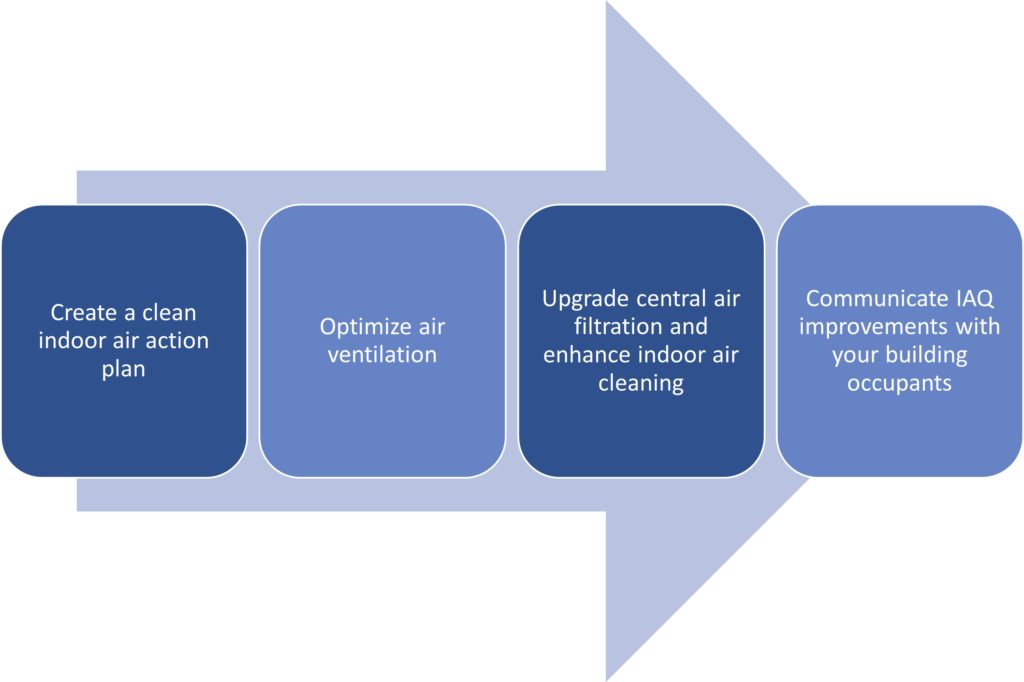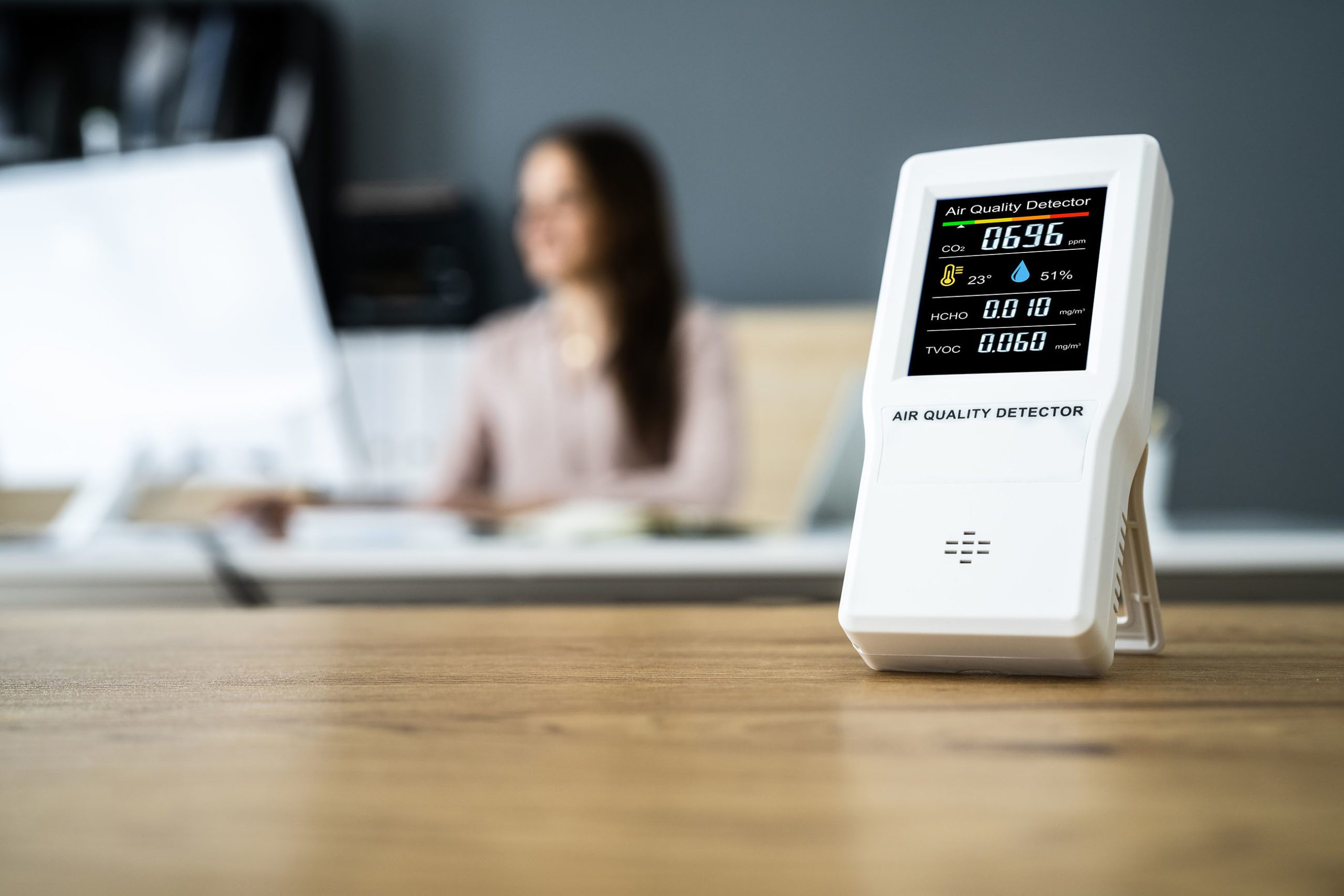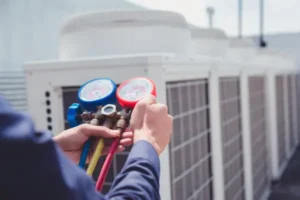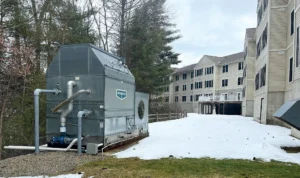Controlling indoor air pollutants is key to the health and comfort of building occupants.
A recent study conducted by Ambius reports that 74% of North Americans feel anxious about potential indoor air quality.
The study surveyed 1,000 office workers in the United States and 500 in Canada to understand how air quality affects employee well-being and productivity. In the survey, nearly 75% of workers reported that bad air quality disrupted their ability to focus. Top air quality issues reported by the respondents were poor air circulation (82%), dust (79%), and the smell of chemicals (51%). The survey revealed that almost half of workers in the US have taken a day off because the quality of the air in their office had made them ill.
Air pollution and indoor air studies over the years have concluded that the air we breathe can be responsible for headaches, dizziness, dry throat, congestion, increasing the risk of spreading bacteria and viruses, and even death. According to a July 2022 study conducted by Boston College’s Global Observatory on Planetary Health, air pollution is responsible for approximately 2780 deaths per year in Massachusetts. Employers may not always consider air quality as a direct cause of employee absence, but the survey results indicate that employees may be suffering because of it.
Good air quality is a key component of a healthy indoor environment. Consequently, monitoring the air’s condition has become more important in recent decades due to energy-efficient building construction and the amount of time that people spend inside.
Indoor air can be improved by managing air pollutants and evaluating key elements of your building, such as maintenance programs, air quality monitors, HVAC systems, and air purification. Managing air pollutants includes optimizing ventilation, controlling airborne contaminants with filtration and air cleaning technologies, and maintaining acceptable temperature and relative humidity.
Steps to Remove Indoor Air Pollutants and Create Cleaner Air
The first step is to assess and inspect systems for ventilation, filtration, and air cleaning. Verify through
commissioning, testing, and balancing that building systems are functioning as designed. Create a plan that includes evaluating current air quality standing, options for improving air quality, and potential system upgrades, as well as routine HVAC system maintenance.

Next, optimize fresh air ventilation to promote healthy indoor air and control infection by filtering incoming air, running mechanical systems during occupied hours, and increasing outdoor air as needed while considering thermal comfort, humidity, outdoor air quality, and energy use.
The third step is to enhance filtration by installing the highest-rated MERV filters that your system can accommodate and considering portable air cleaners.
Finally, communicate your plan and the improvements with your building occupants to help alleviate their stress and anxiety about the potential air quality issues.
Your building occupants depend on you for a safe, healthy, and comfortable environment. And you can rely on LC Anderson for systems and planned maintenance programs that extend equipment life, retain performance and efficiency, and improve the quality of your indoor air.
Additional services we perform include air quality and mold testing, air duct cleaning and mold remediation, remote building and systems monitoring, and planned maintenance programs. Contact us to learn more or to schedule an inspection.



